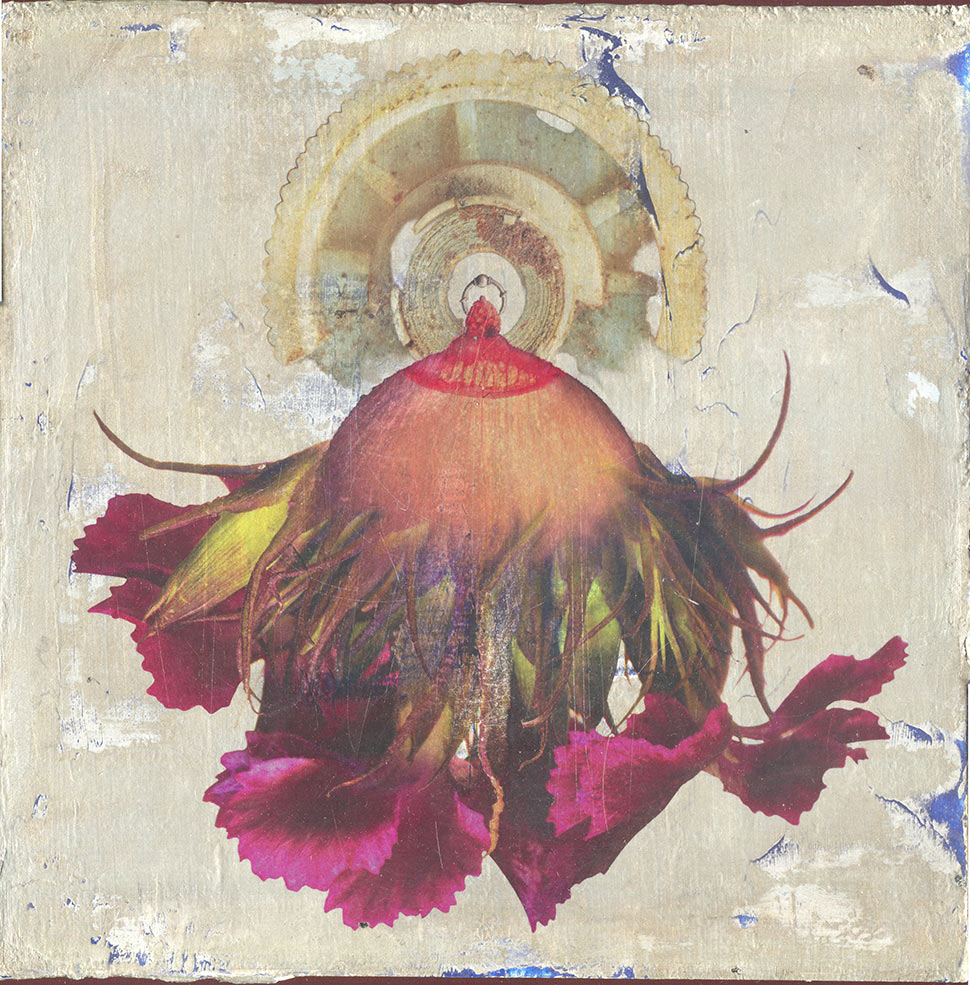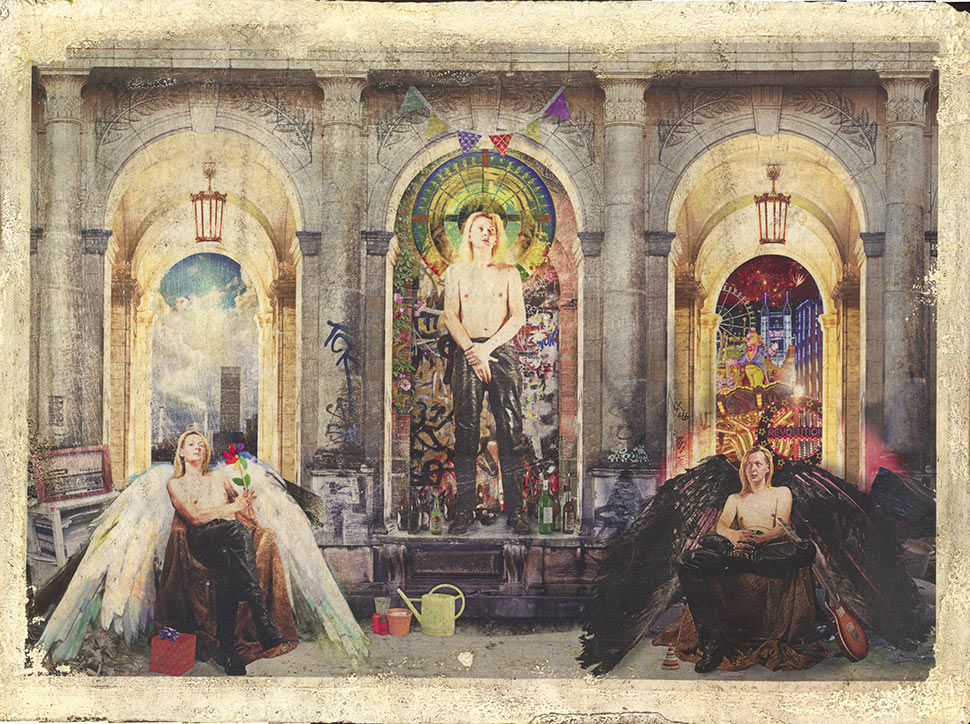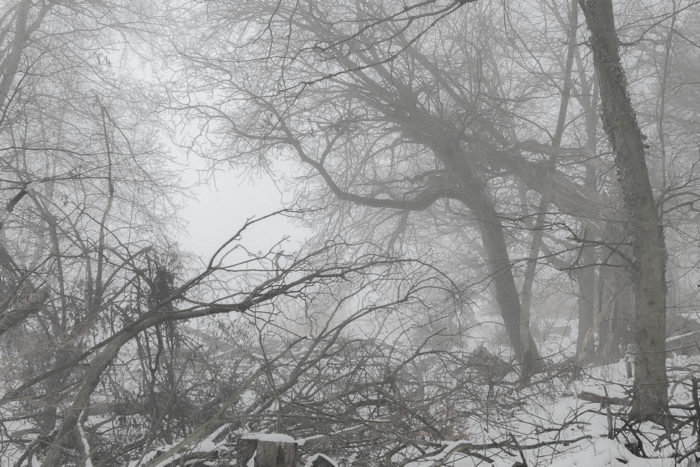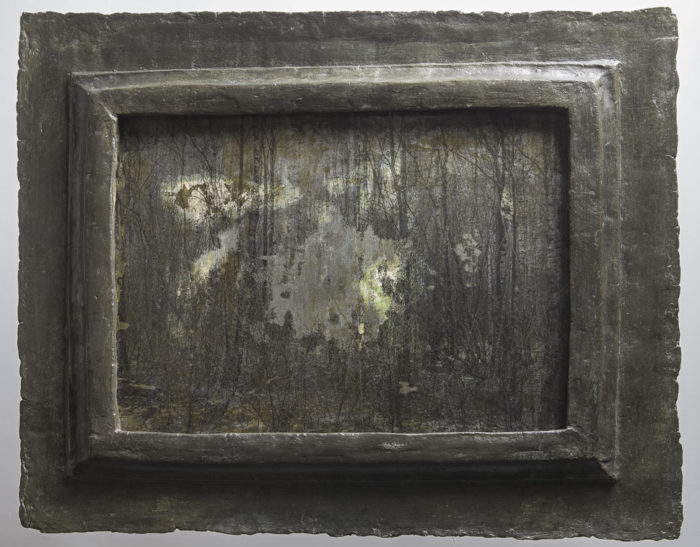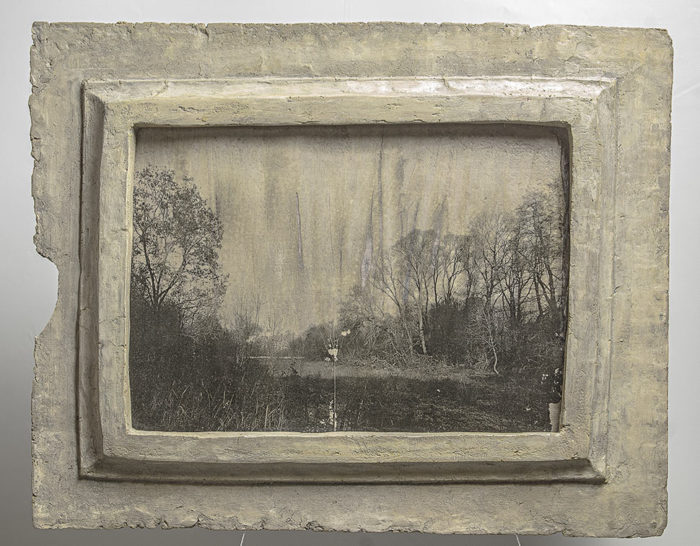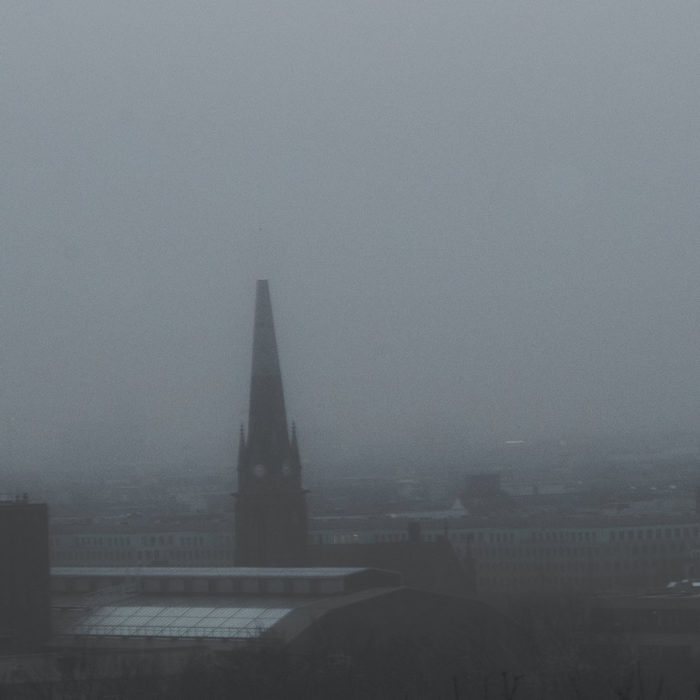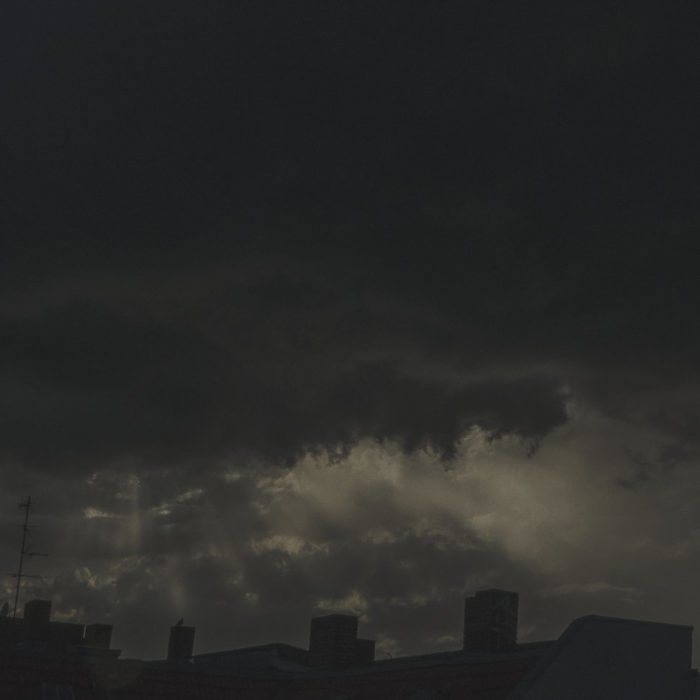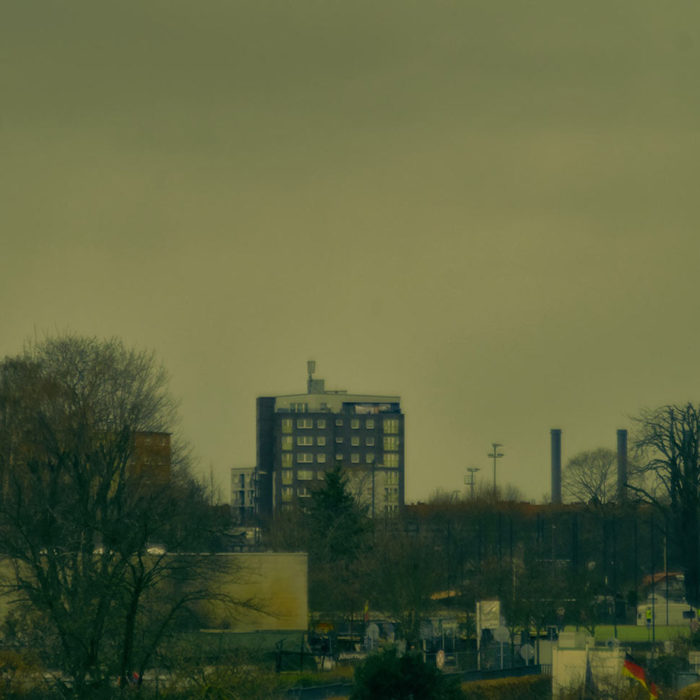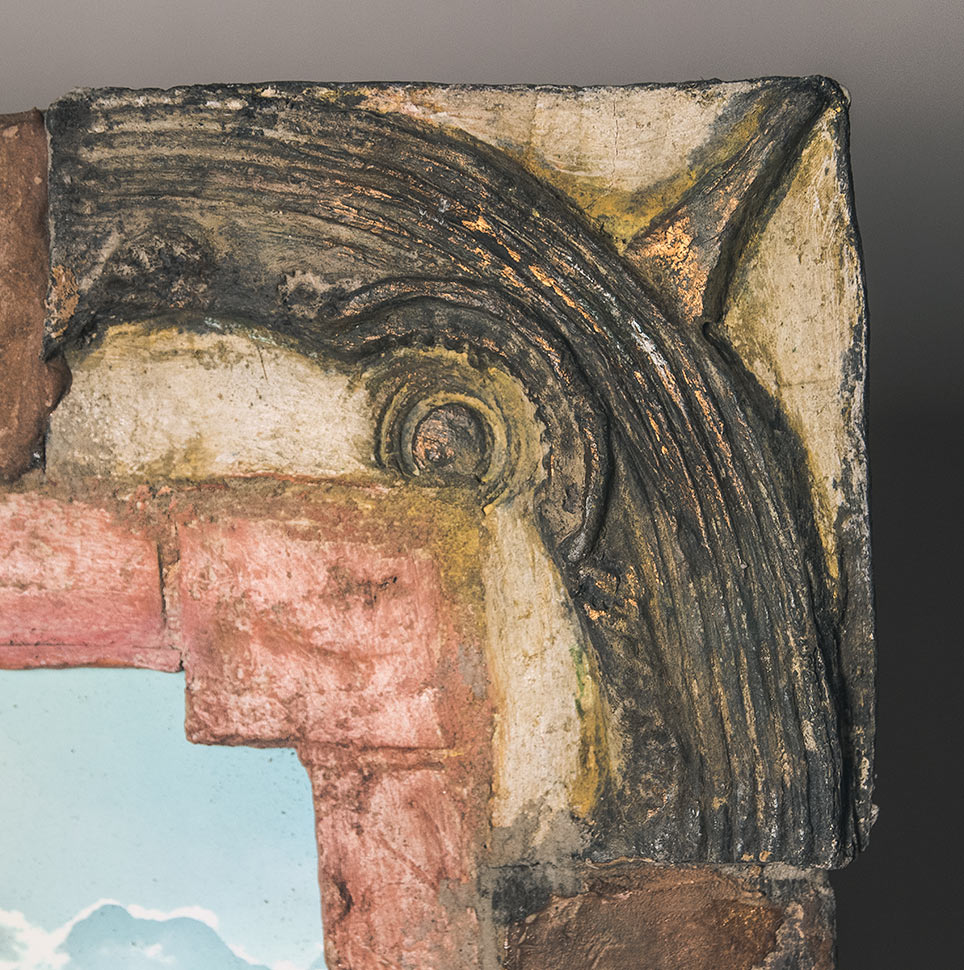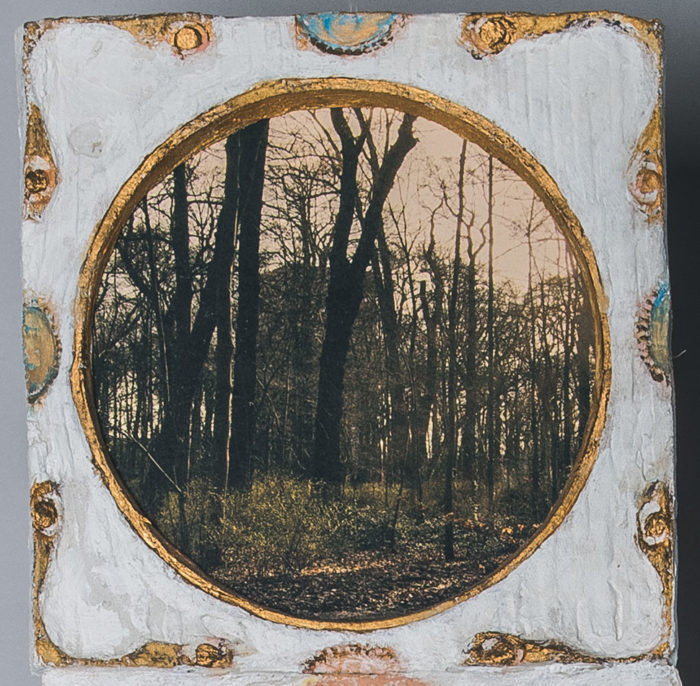

I heard a story about Fukushima, that after the tsunami stones with inscriptions were found on the mountain side, warning the reader: Do not build below this line. Somehow people are not able to learn from past experiences or from tradition. There are so many people reading the bible – but despite all the warnings that rich people do not go to heaven (not just in the new testament) we still have very christian (in their own words) rich people who think that the world is just a commodity that serves their needs until there is no more world to conquer – because it is all burned to ashes.
And then they wept? Probably not.
There is this former evangelical who started to collect all the warnings about the anti-Christ and tried to find out how many were fitting for Trump. And the fun thing is that a lot of these warnings are regarding people who come to power because of manipulation and lies. And when they are in power the neglect their duties, as in: not taking care of those in need, not taking care of the children. Someone thought at some point that such instructions had to be put in a document like that. If only it worked the last so many times.
Anyway, since modern times ask for modern solutions, I thought it would be a good idea to work on a new bible book called the book of Fukushima. I have here two illustrations as a starter. Maybe it will result in another set of warnings that can then be ignored.




























